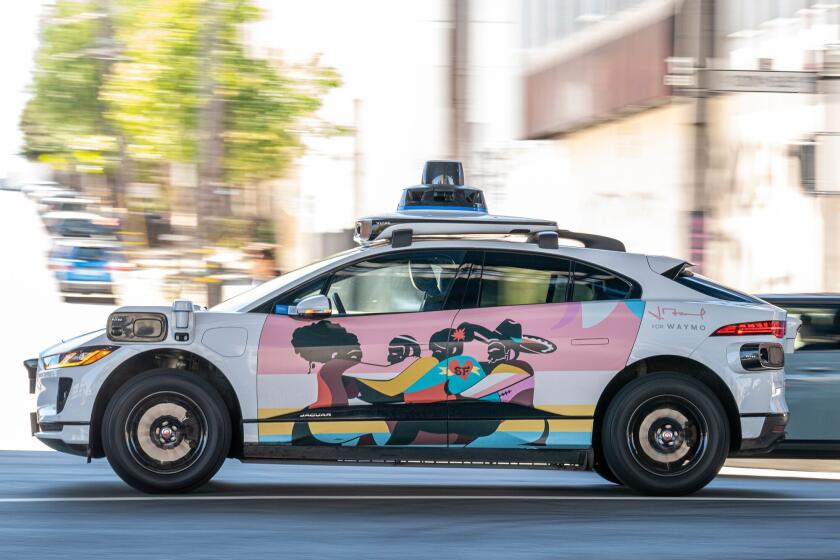Safer food, and soon
- Share via
Two-thirds of the chickens sold in this country are contaminated with campylobacter or salmonella or both. And that’s a significant improvement over three years ago, when 80% of the chickens contained at least one of those kinds of bacteria, according to Consumers Union. So of course the U.S. Department of Agriculture is right to be raising its standards to guard against poultry contamination, which sickens more than 60,000 people a year. But this is chicken feed compared with the 76 million people who fall prey to food poisoning each year in the United States. For that, the country needs to overhaul its food safety system — and finally, after eight months of letting it languish, the Senate is again taking up legislation that would tighten food tracking and oversight.
The House passed its version in July 2009, but the Senate bill stalled. Recently, though, it picked up support and is expected to come to the floor this month. Both versions of the legislation would require more frequent inspections by the U.S. Food and Drug Administration, increase its staffing and empower it to mandate recalls of tainted food. They also would authorize the secretary of Health and Human Services to implement a tracking system so that when there is an outbreak of food poisoning — for example, the 1,300 people who fell ill from eating salsa in 2008 that confounded investigators for weeks — the government can quickly track the source of the contamination.
The House bill falls short on several fronts, and we hope the Senate will address those weaknesses. The tracking system should be a requirement, not something left up to possible future action — or inaction — by administrators. We would have preferred legislation that combines and streamlines the food safety functions of the FDA and the USDA, which oversees meat and some dairy products. And amendments should free small producers from some of the most onerous requirements. Small farms are seldom the source of widespread food poisoning, and they cannot afford costly tracking technology. Ensuring food safety should not have to mean dealing another blow to family farms, many of which produce organic foods.
Which brings us back to poultry. The most recent testing by Consumers Union found that organic chickens that were air-chilled — refrigerated rather than subjected to the more common procedure of dunking them in chlorinated water — were the least likely to be contaminated, with 60% testing bacteria-free. That’s a process more common to small producers who specialize in quality food, a sector of U.S. farming that should be encouraged.
More to Read
Inside the business of entertainment
The Wide Shot brings you news, analysis and insights on everything from streaming wars to production — and what it all means for the future.
You may occasionally receive promotional content from the Los Angeles Times.










